MSU Extension staff expand their international experience through Purdue Extension’s Ireland Garden Study Tour
Rebecca Krans and Sarah Rautio, MSU Extension consumer horticulture educators, explore farm to plate at Ireland’s Ballymaloe Cookery School and Organic Farm.

As Michigan State University Extension consumer horticulture staff, we enjoy teaching others about the knowledge and skills involved to successfully grow vegetables in a variety of garden containers and locations. In the summer of 2022, we had the pleasure of traveling to Ireland with a group of Purdue Extension’s horticulture staff, Mike Dana and Karen Mitchell, numerous Indiana, Illinois and Ohio Extension Master Gardeners, and friends. We participated in their 10-day Ireland Garden Study Tour, exploring over 16 different gardens, castles and landscapes.
Although there were many new Irish sites and experiences for us, the Ring of Kerry, the magnificent stone cliffs with rolling green hillsides, old castles and lush, diverse plant offerings, and the delicious seafood chowder and Irish hospitality were up at the top.
Yet one of the biggest highlights for us was the Ballymaloe Cookery School and Organic Farm. Not only do they grow their own food, but they have a mission of providing simple instructions on how to cook delicious meals with simple, fresh, real ingredients. MSU Extension nutrition programs and Purdue Extension nutrition programs share that similar passion of connecting people to simple nutritious food, too.

Our welcome to the Ballymaloe Cookery School and Organic Farm in Cork, Ireland
Located in Shanagarry, County Cork, Ireland, we were welcomed into the Ballymaloe Cookery School. As we walked past open windows, we could see cooking instruction already going on. Future chefs in white coats carefully focused on the head chef’s instructions. The school annually instructs over 250 students from many different countries and works with local elementary schools, too, introducing them to where their food comes from.
We were led into the entry and then into the dining room where they had tea and infused water ready for us. We sat outside in a small courtyard that bordered one end of an edible garden. A large fig tree lined one side of the building, and a beautifully espaliered apple tree formed an arch that led into the garden. After a brief welcome and introduction, we were led around the grounds to see their well-manicured vegetable and herb gardens. Friendly hens moved away as we moved down the pathways. We walked through their bountiful fruit trees of apples, pears and figs.

We were then introduced to the school’s cooking instruction room. We sat classroom style in front of a large demonstration island complete with an overhead instructional mirror and two TV monitors on each side so we could more easily see the 1-hour demonstration one of the assistant chefs provided for us. We each received a folder complete with the day’s recipes, watched several recipes demonstrated to us, and then were split into groups to prepare a different portion of the evening’s meal. The cooking instructors’ main message focused on how easy it is and why would anyone buy this instead of using real ingredients? The school’s mission was repeated many times – to know where the food products come from and that everything they use to cook is produced on site or sourced locally.
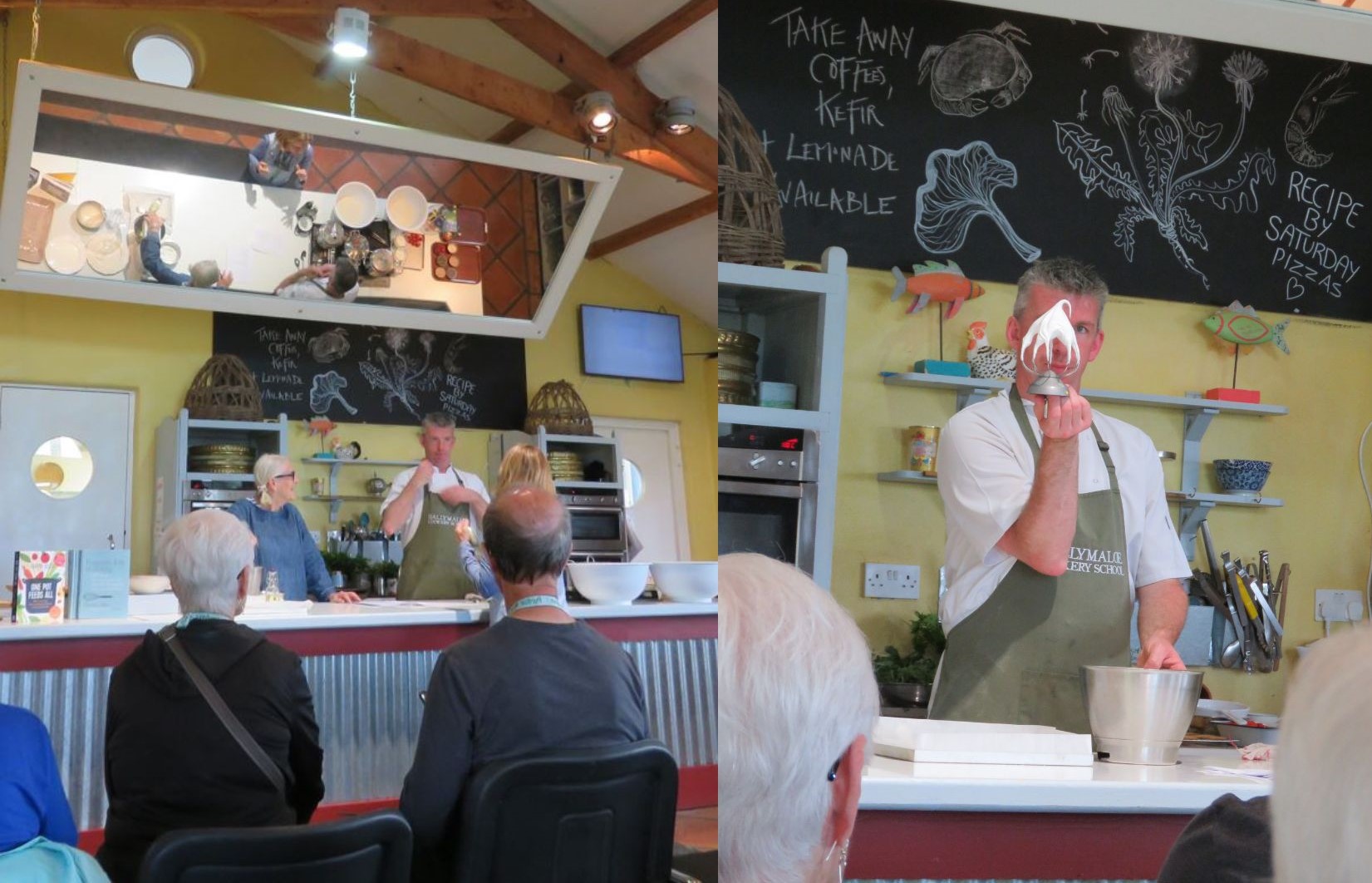
What? We have to cook?
Reality hit when we were now in front of the mixing machine and had to prepare the meringue. We then moved into the kitchen where all four groups were split up, each with its own qualified chef to coach and guide us. We worked in smaller teams of two to complete our assigned tasks. Two groups were on either ends of a prep island with their own surface and stove area. Large ovens lined one wall. Everything had its place, organized and simple. First, we were shown how to prepare the item, and then we completed the steps ourselves.
We learned how to properly butterfly, season and grill a chicken breast from a chicken that lived in the gardens no less! Next, we prepared and simmered the tomato compote. We prepared the dough and formed the soda bread and Irish biscuits (i.e., shortbread cookies in the United States) and baked them in an oven. We made homemade mayonnaise with a whisk and a bowl and converted it to an aioli sauce by adding in fresh chopped herbs, like flat leaved parsley or tarragon. We also prepared fresh strawberries and sauce for the meringue desserts. All the while, anything that was a kitchen waste (i.e., onion peels) went into labeled compost buckets to be placed into their own compost piles. (Compost was left to break down into usable form and then reused in the vegetable and herbs beds.) All uneaten food or plate scraps went to feed animals or were recycled back into the compost pile.
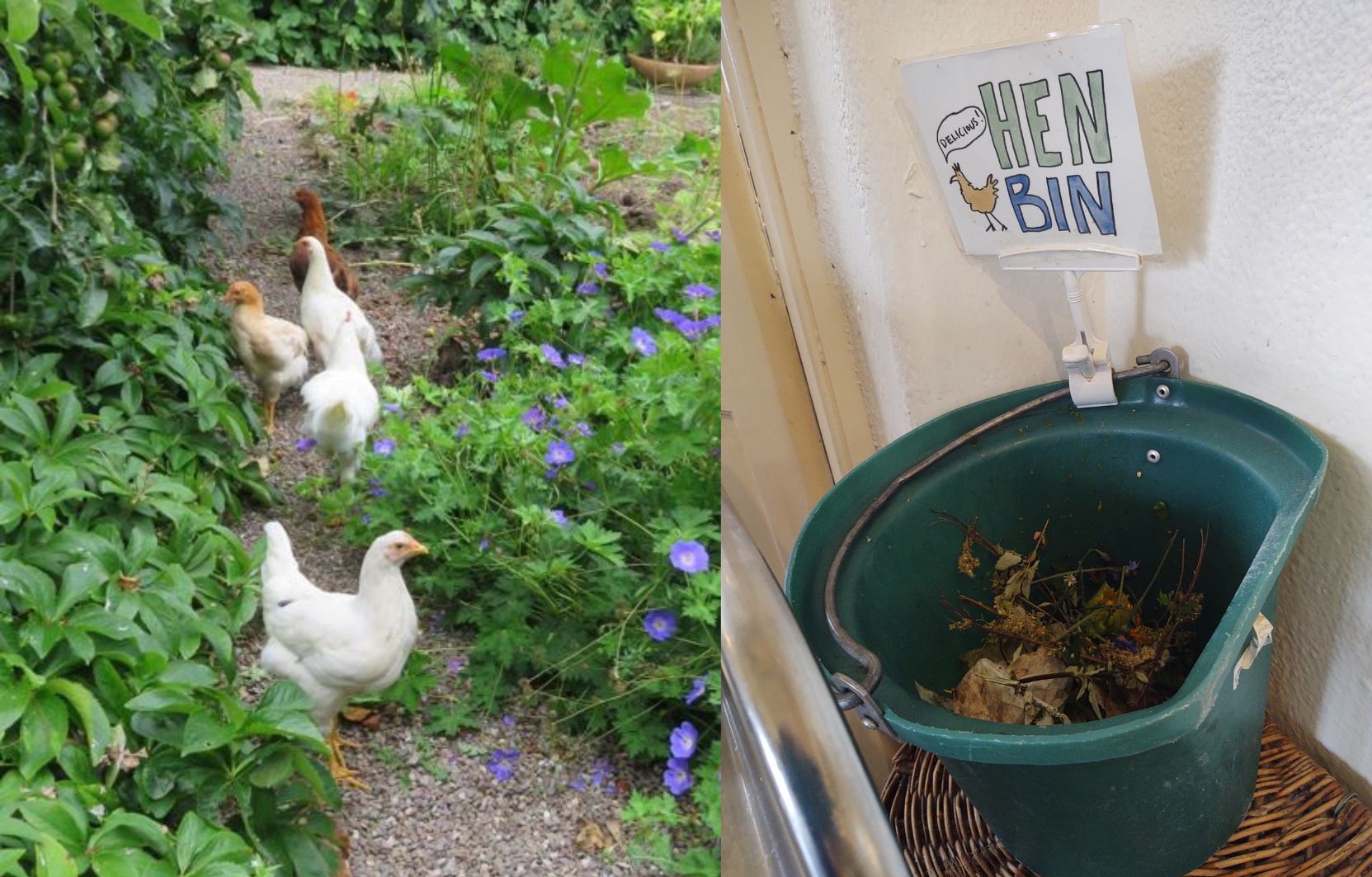
As teams of two, we worked across from others, sneaking an occasional glimpse of what the others had prepared and looking forward to our chance to try the creations from all. Our chef assisted all eight of us, guiding us like a well-oiled machine. We celebrated our achievements and learned from any mistakes.
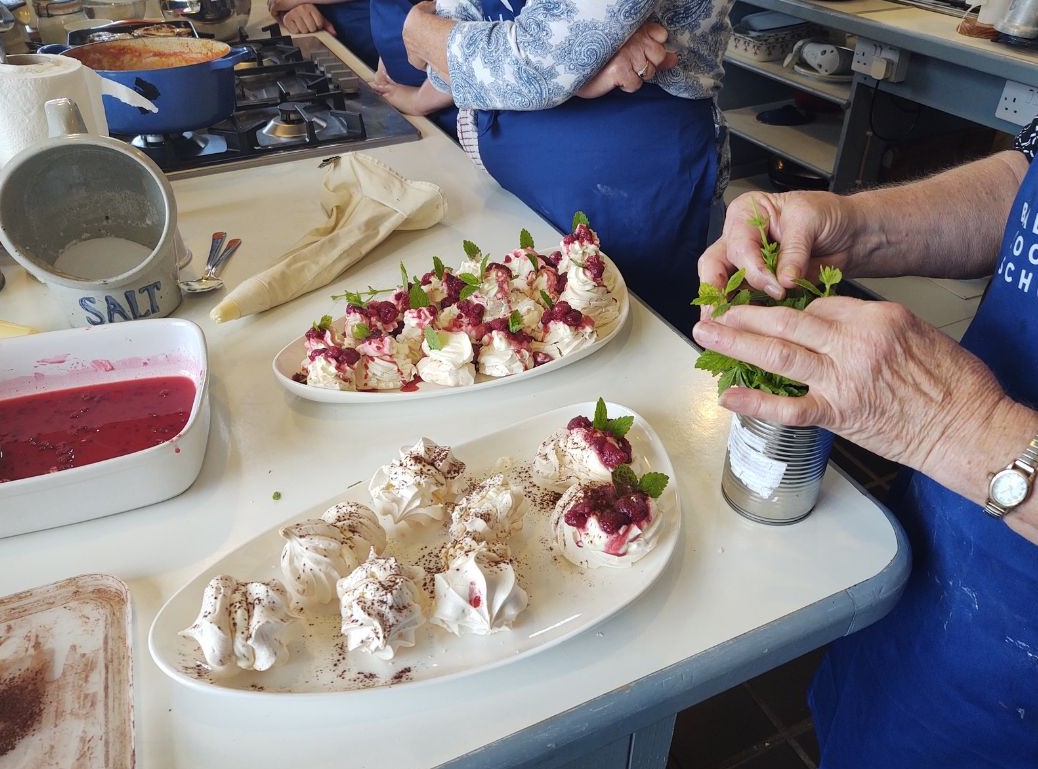
After approximately 2 hours of cooking, we were invited to gather back into the dining room. We delivered our desserts to the dessert table and assisted with delivering the main dishes. Then, our aprons came off and we took a seat on two tables set family style. The chefs and founder served us at a buffet table complete with fresh pea soup, salad, grilled vegetables, numerous main meat dishes, and many desserts. What a wonderful and delicious meal and experience!
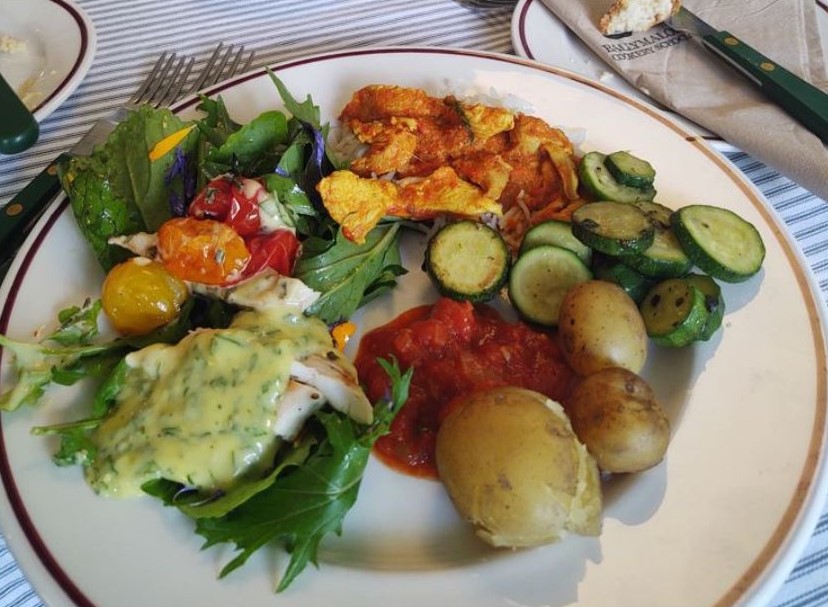
How does this relate to Michigan State University Extension and the public?
Time and time again, we all realize how small the world really is when it comes to growing and feeding people nutritious food. As we ended our evening around our tables enjoying a cup of coffee or tea, a young lady from Michigan introduced herself and explained she is currently working at the school. She completed the cooking school and decided to stay and work at the school.
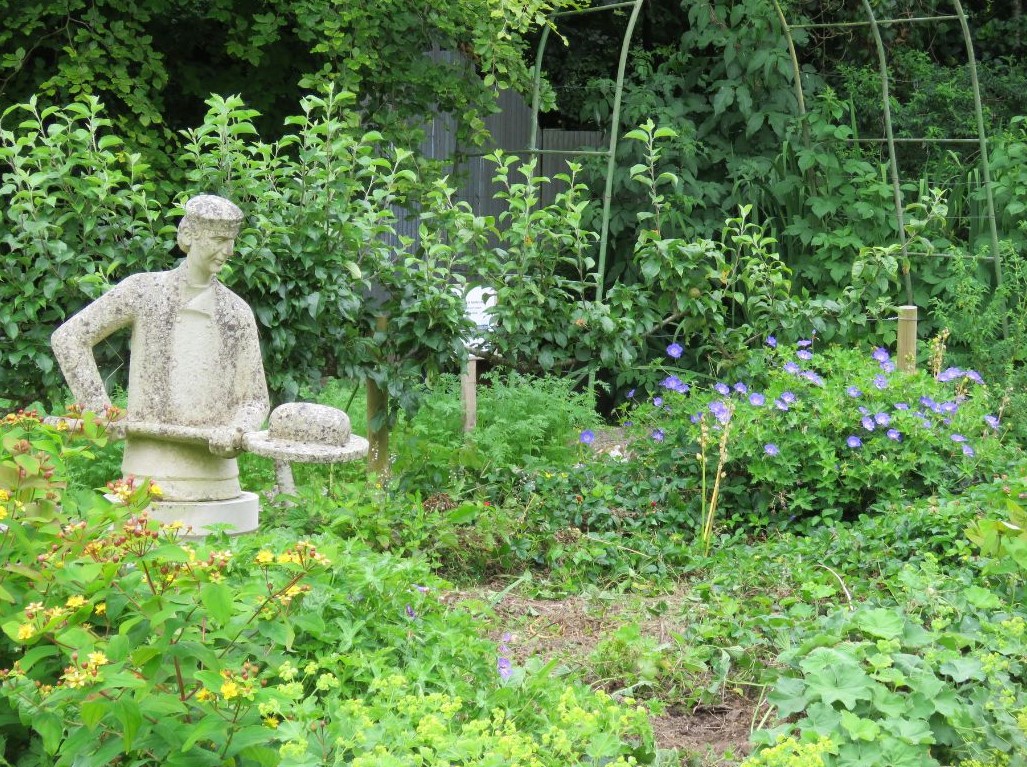
I reflected that it does not really matter where you are from or where you travel, there are people that share similar passions and want to share their knowledge with others. Many more Michigan residents are becoming interested in learning about how to grow their own food. MSU Extension continues to offer the self-paced Smart Gardening with Vegetables 101 online course with over 6 hours of instruction and additional online resources for only $30. Programs and restaurants that focus on field to table are also growing in Michigan and around the nation. People love good food, which is the freshest, most nutritious and most convenient when grown nearby.
Not only was Ballymaloe Cookery School and Organic Farm inspirational to us with its edible gardens, but we were also inspired by its teaching mission and its operational mission of no waste. We look forward to incorporating some of the highlights of the Ireland Garden Study Tour into Smart Gardening with Vegetables 101 in 2023, so please look for this opportunity in early 2023.



 Print
Print Email
Email




